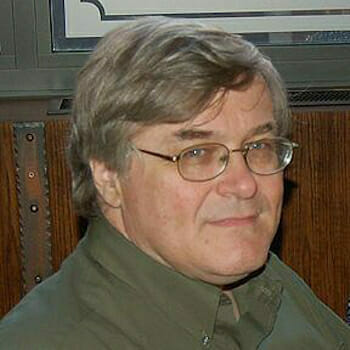
Business
Markets as Social Constructs: The Myths We Live By
Margaret Thatcher, in her controversial claim that “There is no such thing as society,” did not intend to negate the concept of society altogether. Rather, she meant that society is a conceptual framework: a collective of individuals, as opposed to an entity that can be touched, smelled, or seen in isolation. In essence, society manifests as an intricate web of voluntary interactions among people, amassing over time into what we term a complex social structure.
Drawing a parallel, it would be accurate to argue that markets, too, don’t exist in the concrete sense, much like society doesn’t exist in the way that apples, humans, or cars do. Markets, like societies, are frameworks for understanding a complex, intricate network of voluntary economic interactions between individuals. They function as major components of what we commonly refer to as society. Felix Morley, a profound thinker on the subject, differentiated the state from society in a significant manner. According to him, the state governs through subjugation, while society thrives on voluntary associations.
If we accept the notion that society is essentially a web of voluntary interactions, then markets, too, should be understood as inherently social constructs. However, there’s a nuanced difference. In markets, these voluntary interactions often tilt more toward the notion of exchange rather than mere association. But even this divergence is more apparent than real. Although exchanges in markets are often economic or monetary in nature, the essence of markets extends beyond just financial transactions. Associations, which we find in society, are also forms of exchanges. People engage in these associations because they find value in them, just as they engage in market exchanges for mutual benefit.
Humans are social animals by nature. Our existence is intertwined with that of others. We’re not isolated entities, but parts of a greater social organism. Markets capitalize on this fundamental human trait by promoting peaceful, voluntary exchanges that lead to mutual benefits. This harmonious relationship reached a significant milestone with the advent of the division of labor. It transformed humanity from self-sufficient units into interdependent specialists, allowing individuals and groups to exchange specialized goods and services, thereby elevating the well-being of the collective.
Economist Ludwig von Mises extended this idea further, asserting that the division of labor transforms humanity into the social animal that Aristotle spoke of. He posited that a society wherein the division of labor is well-developed is less susceptible to conflicts, simply because conflicts would be mutually detrimental. Mises framed it succinctly, “When a village divides into factions, with the smith on one side and the shoemaker on the other, one faction will have to suffer from want of shoes, and the other from want of tools and weapons.”
Adam Smith, in his influential The Wealth of Nations, took a perspective complementary to that of Mises. He pointed out that in a society shaped by the division of labor, each person must consider the needs of others in order to prosper. We are engaged in a perpetual cycle of mutual assistance, driven not by altruism, but by self-interest. To achieve our own objectives, we inadvertently end up fulfilling the needs of others.
However, it’s crucial to observe how the term “market” can sometimes lead us astray. Its abstract nature can make us forget that behind every economic interaction and every market model are real people. Detaching humans from the concept of markets paves the way for policies that can be inherently dehumanizing. For instance, price controls don’t merely set price levels—they infringe upon individuals’ abilities to engage in free exchange. Labor laws do not just regulate labor; they impose external values on individuals, replacing their agency with planned structures. Similarly, when we speak of taxing profits, we must remember that this act essentially confiscates the earnings of individuals.
Therefore, it becomes imperative for those with a classical liberal orientation to persistently remind proponents of state control or market critics that both society and markets are not mere conceptual constructs. They are populated by individuals, each with their own dignity and autonomy, each deserving of the freedom to make choices. In essence, when we talk about ‘society’ or ‘markets,’ we are talking about complex interactions among individuals, and it is this human element that should never be forgotten.
